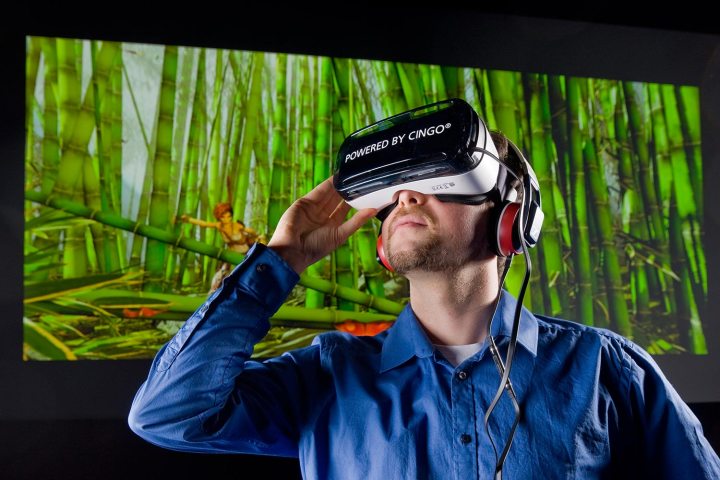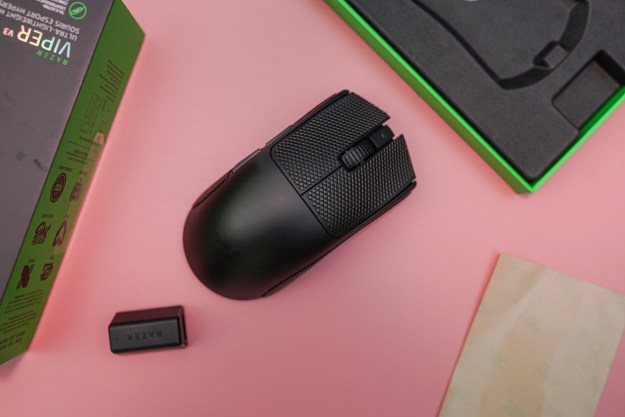
According to Oculus VR, since its launch, developers have generated more than 250 applications for the Samsung Gear VR platform, which is powered by Oculus VR (Facebook) technology. For instance, Gear VR users can be dazzled by the oh-so-addicting Minecraft game along with other titles like the End Space action game, the Bait! fishing game, the Deer Hunter VR shooting game, and a number of others.
Currently, some of the top-selling applications for Gear VR include EVE Gunjack, Star Chart, Dreadhalls, End Space, Escape Room VR, Land’s End, Ocean Rift, and Bandit Six. Some of the listed “must haves” consist of Hulu, Goosebumps Night of Scares, Bandit Six: Salvo, Milk VR, and Orion Trail VR. Netflix is even showcased on the Gear VR library storefront.
“VR video continues to be one of the most popular experiences on Gear VR,” the company said in its blog. “Seven of the top 10 most used apps are videos and, on any given day, nearly 80% of people who use Gear VR watch video content.”
The company pointed out in its blog that Facebook will begin adding 360 photos to the News Feed in the coming months. These photos can be taken with a phone or a 360 camera, and viewed in VR form using the Oculus 360 Photos app provided for the Gear VR headset. Compatible Samsung phones will display a “View in VR” button when these 360 pictures appear on
Oculus VR also revealed that Oculus Home for Gear VR will be updated in June. It will feature a revamped design to make searching for recently downloaded content a bit easier. A “What’s New” section will also be added along with a retooled library in the Oculus mobile app to make finding new applications easier for Gear VR owners as well.
Samsung launched the Gear VR headset back in November 2015. It’s relatively cheap compared to the Oculus Rift because the majority of the hardware resides within the compatible Samsung smartphone. The device features an inertial measurement unit (IMU) for rotational tracking that connects to the smartphone’s micro USB port. There’s also a proximity sensor for detecting when the headset is worn, and both a back button and a touchpad for content navigation.
Of course, if you don’t own one of the required Samsung phones but want a (cheap) taste of VR, there’s always Google Cardboard, which is compatible with nearly all Android and iOS-based phones (depending on the size). Unlike Gear VR, you have to fold this cardboard-based device together, and it’s rather delicate compared to Gear VR’s hard casing (read: whip out the adhesive tape for repairs). The Cardboard lenses aren’t Super AMOLED screens either, making the cost of Cardboard extremely low compared to Samsung’s solution.
Regardless, Oculus VR indicated that it’s looking forward to serving the next million users of Samsung’s Gear VR headset. The ecosystem is growing by the day, the company said, with Nomads from Felix & Paul Studios arriving on Wednesday and Discovery VR’s Deadliest Catch video experience arriving next week.


